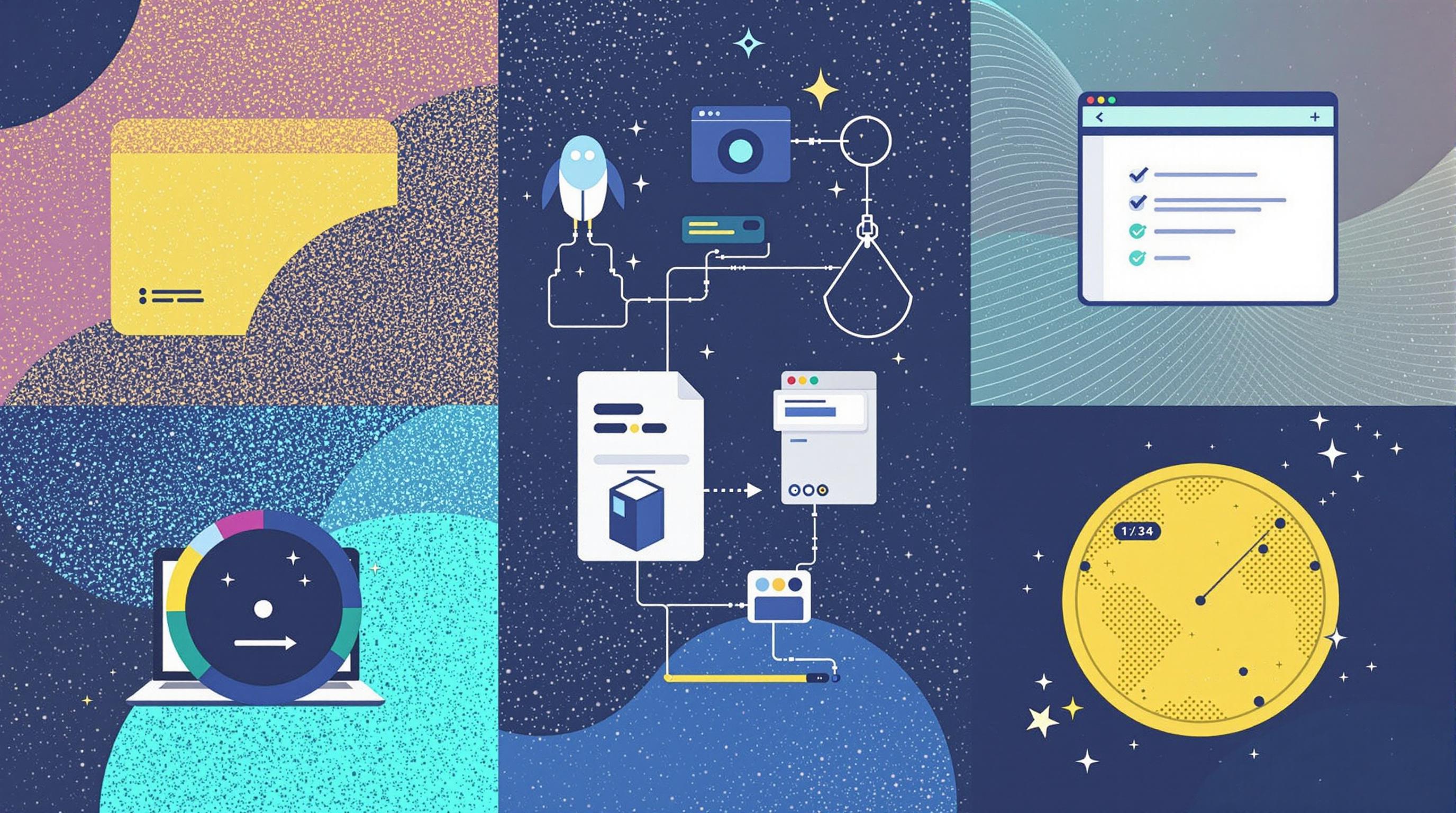Related Articles
- 7 Essential Digital Copyright Tools Revolutionizing Creative Protection Since 2019
- 7 Emerging AI-Powered Dispute Resolution Platforms Revolutionizing Conflict Management Since 2019
- 7 Cutting-Edge Insurance Apps Launched Since 2019 That Are Revolutionizing Coverage Verification
- 7 Cutting-Edge Workforce Management Tools Revolutionizing Employee Classification Efficiency in 2024
- Top 6 Innovative Lease Management Softwares Redefining Contract Control Since 2019
- Unveiling Overlooked Barriers: How ADA Rules Shape Access in Virtual Reality and Digital Worlds
7 Essential Digital Copyright Tools Revolutionizing Creative Protection Since 2019
7 Essential Digital Copyright Tools Revolutionizing Creative Protection Since 2019
Since 2019, a wave of digital copyright tools has reshaped how creators protect their intellectual property, blending cutting-edge tech with user-friendly design. This article explores seven standout innovations that have revolutionized creative protection across industries, highlighting their unique features and real-world impacts.
Blockchain: The Immutable Guardian
Imagine a ledger that never forgets and can't be altered without leaving a trace — that’s blockchain for copyright. Since 2019, platforms like Ascribe and Po.et have utilized blockchain to timestamp and register digital works, providing immutable proof of ownership. According to a 2021 report by International Journal of Blockchain Law, blockchain implementations reduced copyright infringement disputes by 30% in tested cases.
For example, a photographer in Spain used Ascribe to register his images; when unauthorized use surfaced online, the timestamped blockchain record helped him win a settlement quickly. This decentralized technology offers creators security that traditional copyright often struggles to match in the digital age.
Conversational Ease with DMCA Automation Tools
Dealing with copyright infringement used to be an exhausting legal slog — until tools like DMCA.com and Takedown Czar came along. These platforms automate the process of filing Digital Millennium Copyright Act (DMCA) takedown notices, making it accessible for creators from all walks of life. For an 18-year-old YouTube content creator, handling copyright strikes manually was daunting, but using DMCA.com cut the average takedown time from weeks to days.
In a casual chat with a gaming streamer, the frustration of constantly policing content was palpable, but the automation tools transformed enforcement from a chore to an assurance. This democratization of enforcement ensures more creators maintain control over their content without needing expensive legal teams.
Watermarking and Digital Fingerprinting: The Invisible Tags
Ever wondered how Netflix or Spotify manage to track where their content gets leaked? The answer lies in digital fingerprinting. Since 2019, companies like Digimarc and Verance have refined watermarking technology that embeds invisible, traceable codes into audio, video, or images.
A fascinating case study involves a leaked movie file traced back to a single subscriber by unique watermark fingerprints, leading to a direct breach crackdown. Not only does this tech act as a deterrent, but it also enables rapid identification of infringers, supporting enforcement and legal action.
AI-Powered Content Monitoring: Your Digital Detective
The rise of AI has not left copyright enforcement untouched. Tools such as Content ID by YouTube and Audiovisual Blockchain Alliance's AI algorithms use pattern recognition and machine learning to scan vast amounts of uploaded content for infringement.
This is music to the ears of creators overwhelmed by platforms flooded with user-generated content. According to YouTube’s 2022 Transparency Report, Content ID manages to successfully identify and monetize or remove 98% of disputed content, generating over $4 billion for rights holders since inception.
This shift towards AI does come with privacy and bias concerns, but its efficiency in protecting creators’ rights in a rapidly expanding digital ecosystem is undeniable.
Storytime: The Indie Author Who Beat Piracy
Meet Sarah, a 45-year-old indie author who faced rampant digital piracy after self-publishing her novel in 2019. She harnessed Copyscape, a plagiarism detection tool that scans the web for duplicate content. Within months, Sarah’s novel was reposted on dozens of unauthorized sites.
Using Copyscape’s alerts, Sarah contacted hosting providers and managed to take down over 70% of infringing instances in less than six months. Her experience highlights how readily available tools empower even solo creators to defend their work effectively against digital theft.
Licensing Platforms That Simplify Permissions
In a digital world where sharing is easy but permissions are tricky, platforms like Creative Commons and RightsHub streamline licensing. They enable creators to clearly define how others can use their work, reducing inadvertent infringement.
Based on a 2020 survey by Pew Research Center, 65% of creatives felt confused about licensing—these tools fill that gap, translating complex legal jargon into simple, sharable licenses. By making permissions transparent, they foster collaborative creativity without legal pitfalls.
Humorous Take: If Copyright Tools Were Superheroes
Picture a team of superheroes: Blockchain-Man with his impenetrable shield of immutability, AI-Woman with her savvy detection radar, Watermark-Wizard invisibly tagging foes, and DMCA-Dynamo filing takedown notices faster than a speeding bullet. Together, they battle the villainous Pirate King who thrives in digital shadows.
Okay, maybe a bit cheesy—but these tools really do protect creators with almost superhero finesse, saving us from the chaos of stolen content and empowering creators to focus on what they do best: making awesome stuff.
The Future of Digital Copyright Protection
Looking ahead, integration between these tools promises more seamless protection experiences. For instance, combining AI detection with blockchain registration could create an automatic verification and enforcement ecosystem. As creators increasingly embrace NFTs and tokenized art, copyright tools will need to evolve to cover novel ownership models.
Technology is racing ahead, but continued creator education remains crucial. After all, even the mightiest tool is only as good as the hands wielding it.
In summary, since 2019, these seven digital copyright tools have revolutionized how we safeguard creative works, blending the power of technology with accessibility to ensure creators of all ages—from teenagers to seasoned veterans—can confidently protect their intellectual property in an expanding digital universe.

